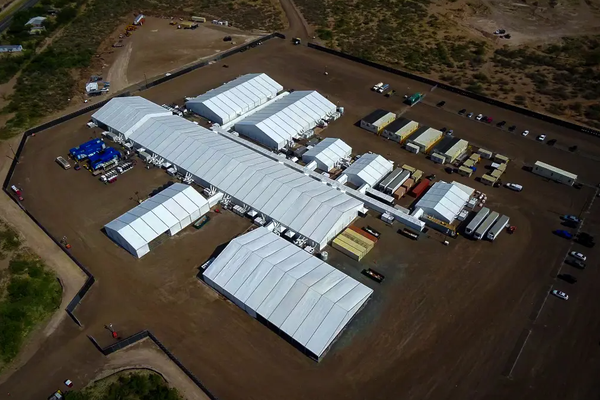
The world ‘real’ betrays the vacuousness of political slogans. Think ‘real alternative’, ‘real change’ or my personal favourite: “Real plans for real people”. It is total fluff.
But in economics, ‘real’ means something quite specific. Real salaries are different because they are adjusted for inflation. Who cares how much your wages have risen if your living standards have fallen? To amend a famous phrase, nominal wages are for vanity, real wages are for sanity.
To that end, today’s release from the Office for National Statistics contains a bit of bad news for everyone. Annual growth in regular pay, excluding bonuses, rose to 6.7 per cent in the final three months of 2022. This is the strongest growth rate outside of the pandemic but of course for employees, being less than the rate of inflation, it therefore represents a real-terms pay cut.
For employers, these figures speak to a tight labour market. While job vacancies continue to fall, they remain historically high. Yesterday we reported that nearly two-thirds of businesses in the capital were struggling to fill vacancies and it is this, rather than mere benevolence from employers, that is driving higher wages, especially in specialist roles.
It is a problem too for the Bank of England. There was some hope that February’s interest rate rise might be the last of this cycle. But higher backward revisions and stronger than expected wage growth mean that is no longer the consensus view. ING economist James Smith observes that there’s “no sign here that wage growth is at a peak as some surveys have hinted. A quarter percentage point March rate hike looks likely.”
And then there is the government. Falls in real-terms wages of 3.1 per cent are among the largest since comparable records began in 2001. They are the central reason why the number of working days lost to strikes from June to December 2022 hit 2,471,000 – the most since 1989. Indeed in December alone, 843,000 days were lost, largely due to walkouts from rail and Royal Mail workers. With inflation and private sector pay still at elevated levels, strikes are likely to go on.
From the mid-1990s until 2008, the great debate in British politics was about how to spend the proceeds of growth. Today, it is the inverse. How to divvy up the economic pain of stagnation. Employees want real wage rises. Employers need to attract skilled workers. The Bank of England is compelled to bring inflation down to 2 per cent. And the government is desperate to safeguard the public finances.
One solution would be for workers to accept a wage rise of 2 per cent. That would solve the problem for employers, the Bank and the government in one fell swoop. But why should they? With inflation at double digits, it would lead to the most almighty drop in living standards and cause further destitution.
To an extent, employee demands for wage rises followed by higher interest rates and government battles with unions is simply everyone playing out their prescribed parts. But it makes for quite a depressing performance.
Elsewhere in the paper, 30 rules to survive London: from small talk and cycling to allergies and doorbells — Simon Mills on how not to get it wrong in 2023. This is quite clickbait-y but number 18 is civil defence level important.
In the comment pages, Matthew d’Ancona calls the riot outside a hotel accommodating asylum seekers not only an outbreak of racist disorder, but a case study in the way extremist ideology and activism operate in the digital era.
Martin Robinson says London is now plagued by legions of kidults (fortysomethings, usually men) and he for one is sick of it. While Melanie McDonagh begs you not to buy a red rose.
Finally, and speaking of which, reporter Josh Salisbury has photographic evidence of a bouquet of the damn things on sale for £385. Outside Liverpool St station, obviously.







